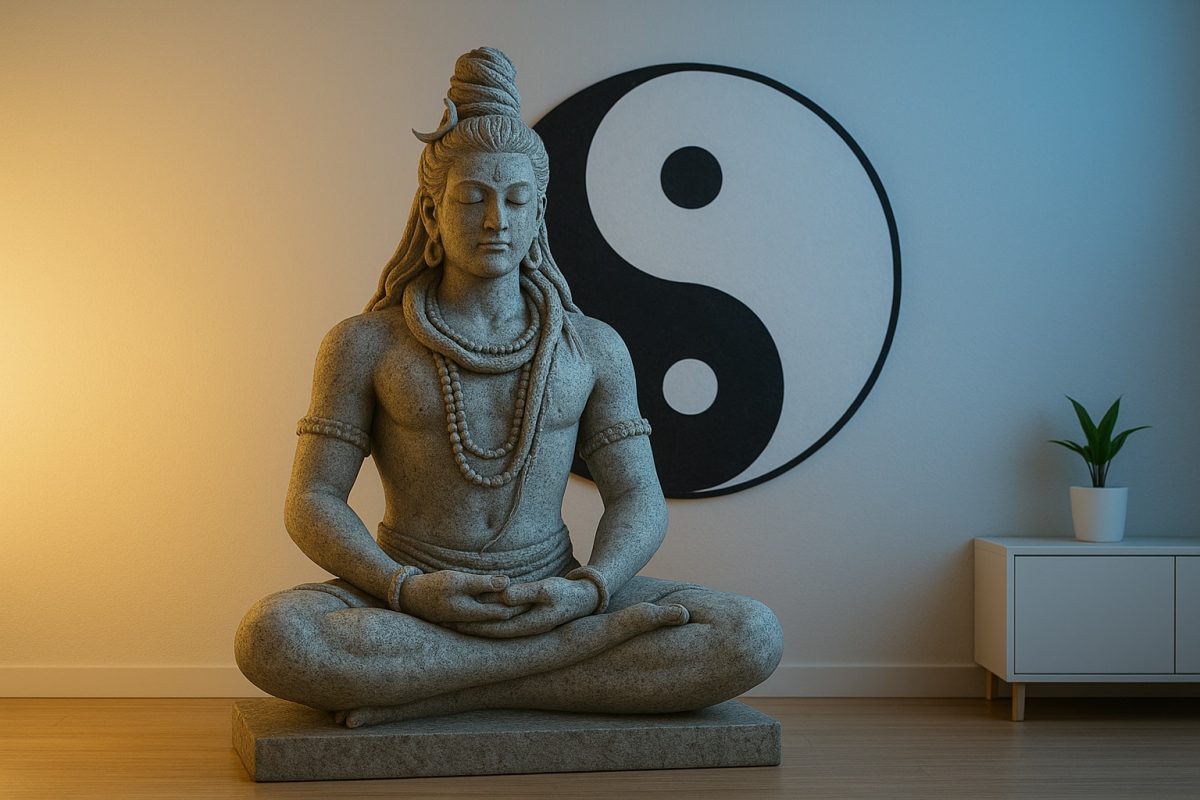Human experience is rooted in dualities and polarities. It’s like Yin and Yang in Taoism, and you can see it in every area of life.
When someone labels you, or when you define your own identity too strictly, it begins to limit your self-expression. The more you believe that you are only who they say you are, or only who you think you are, the more polarized you become.
People are often afraid of what they don’t understand. For example, those who live stable and predictable lives may fear that people demonstrating for justice, human rights, and freedom of speech will take away their sense of safety.
The media knows that having a common enemy can unify us. This can be powerful and even beneficial for communities. But if pushed too far, it often escalates into greater conflict, riots, or even wars. Trying to understand the other side reduces fear and quiets the fire, even if just a little.
A well-known Lithuanian actor once said that in improvisational theater, anything that happens either helps the performance, is neutral, or harms it. He suggested looking at life in the same way.
The Beatles’ song Let It Be is about releasing control and surrendering. Holding onto one extreme for too long can become painful.
In Hinduism, the deity Shiva – often invoked in mantras – represents the unity of opposites. Honoring Shiva is about accepting transformation, moving from the known into the unknown.
In quantum physics, the opposite side of where you stand is found in superposition. There, everything is possible until it is observed and realized. The absolute holds all possibilities. Manifestation is the act of choosing and shaping one path out of the unknown.
Here are some polarities to reflect on. You can take a side, choose something in between, or try to integrate both:
- theory vs. practice
- introversion vs. extraversion
- feeling vs. intellect
- masculinity vs. femininity
- veganism vs. carnivorism
- animality vs. humanity
- heterosexuality vs. queerness
- sobriety vs. intoxication
- playfulness vs. politeness
- asceticism vs. abundance
- dominance vs. humility
- generosity vs. thriftiness
- sexuality vs. modesty
- individualism vs. integrity
- simplicity vs. complexity
- ease vs. depth
- light-heartedness vs. seriousness
- physicality vs. spirituality
- industrial-age “biorobot” vs. divine creator
- conformity vs. authenticity
The list could go on endlessly. There are no absolute right or wrong answers – it simply shows how diverse people are, with their quirks and traits.
If you live on one side of the spectrum and have never experienced the other, it will feel foreign. Some may want to test the other side, while others will reject it at all costs.
When you have experienced both, you might find a golden middle point where you feel comfortable. Or you might integrate both sides into your being, finding peace with the opposites and realizing how vast your potential truly is.
In the end, I suggest not judging what is good or bad in others, but rather choosing what feels like your own (or your ideal own) and what feels foreign. At the same time, remember that what feels foreign to you may feel deeply “own” to someone else – and your “own” may feel foreign to them.
As you outgrow simple dualities, you step into dualities of thought or ideology. Then into dualities of higher, more abstract levels. In a simplified sense, you might grow from black vs. white, to monochrome vs. color, to visual vs. auditory, to wave vs. matter. And so the mind evolves.
But as a wise young woman once said: “Don’t get so high up in the clouds that you forget where you stand.”
Where are you standing? Think of the first word that comes to your mind right now – that might be it.

